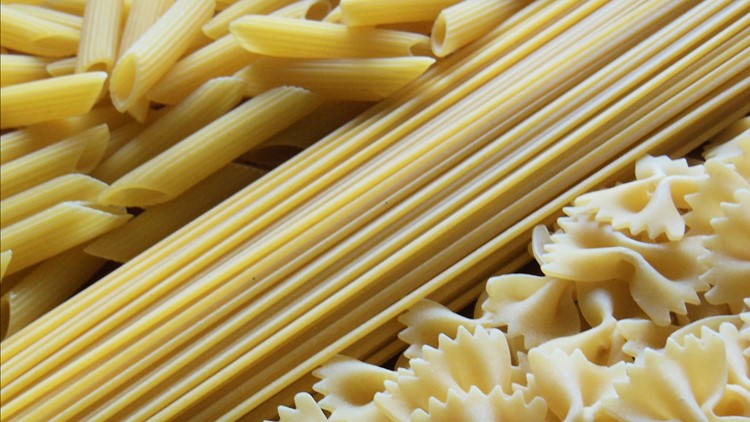ROME, Italy — Consumers in some countries might not bat an eye at rising macaroni prices. But in Italy, where the food is part of the national identity, skyrocketing pasta prices are cause for a national crisis.
Italy's Industry Minister Adolfo Urso has convened a crisis commission to discuss the country's soaring pasta costs. The cost of the staple food rose 17.5% during the past year through March, Italian newspaper La Repubblica reported. That's more than twice the rate of inflation in Italy, which stood at 8.1% in March, European Central Bank data shows.
In nearly all of the pasta-crazed country's provinces, where roughly 60% of people eat pasta daily, the average cost of the staple has exceeded $2.20 per kilo, the Washington Post reported. And in Siena, a city in Tuscany, pasta jumped from about $1.50 a kilo a year ago to $2.37, a 58% increase, consumer-rights group Assoutenti found.
That means Siena residents are now paying about $1.08 a pound for their fusilli, up from 68 cents a year earlier.
Such massive price hikes are making Italian activists boil over, calling for the country's officials to intervene.
Durum wheat, water — and greed?
The crisis commission is now investigating factors contributing to the skyrocketing pasta prices. Whether rising prices are cooked in from production cost increases or are a byproduct of corporate greed has become a point of contention among Italian consumers and business owners.
Pasta is typically made with just durum wheat and water, so wheat prices should correlate with pasta prices, activists argue. But the cost of raw materials including durum wheat have dropped 30% from a year earlier, the consumer rights group Assoutenti said in a statement.
"There is no justification for the increases other than pure speculation on the part of the large food groups who also want to supplement their budgets with extra profits," Assoutenti president Furio Truzzi told the Washington Post.
But consumers shouldn't be so quick to assume that corporate greed is fueling soaring macaroni prices, Michele Crippa, an Italian professor of gastronomic science, told the publication. That's because the pasta consumers are buying today was produced when Russia's invasion of Ukraine was driving up food and energy prices.
"Pasta on the shelves today was produced months ago when durum wheat [was] purchased at high prices and with energy costs at the peak of the crisis," Crippa said.
While the cause of the price increases remains a subject of debate, the fury they have invoked is quite clear.
"People are pretending not to see it, but the prices are clearly visible," one Italian Twitter user tweeted. "Fruit, vegetable, pasta and milk prices are leaving their mark."
"At the supermarket below my house, which has the prices of Las Vegas in the high season, dried pasta has even reached 5 euros per kilo," another Italian Twitter user posted in frustration.
This isn't the first time Italians have gotten worked up over pasta. An Italian antitrust agency raided 26 pasta makers over price-fixing allegations in 2009, fining the companies 12.5 million euros.



